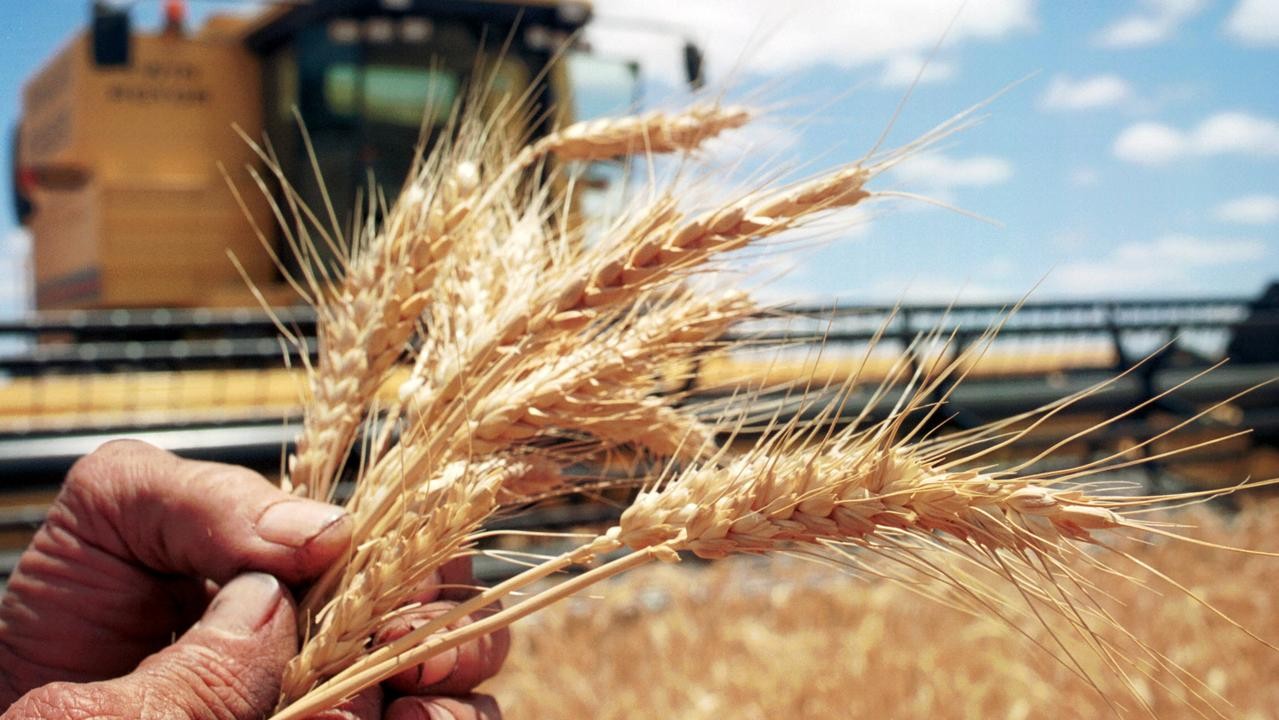What business leaders must know about rising Agri-industry risks

As Australia’s climate becomes more extreme and unpredictable, the nation’s agricultural sector is confronting a fundamental transformation. Record-breaking heatwaves, prolonged droughts, flash floods and unseasonal frosts are no longer once-in-a-decade events, they are becoming seasonal realities.
The impacts go far beyond yield drops or commodity prices. Australia’s food security, rural employment, regional infrastructure and agri-linked industries, from finance and logistics to technology and sustainability, are all being reshaped by this new climate reality.
Here’s what the latest science and field reports reveal, and what industry leaders need to act on now.
The State of Play: Intensifying Climate Extremes
Australia’s agricultural sector is facing growing exposure to compounding climate shocks driven by increasingly erratic weather patterns. The unpredictable behaviour of the ENSO cycle, with rapid transitions between El Niño, La Niña, and neutral phases, is producing volatile conditions marked by temperature extremes and intensified rainfall variability. This phenomenon, often referred to as "climate stacking," results in cascading impacts, such as floods following droughts or heatwaves coinciding with critical harvest windows.
For instance, declining winter rainfall has significantly affected wheat, barley, and canola yields across WA, SA, and NSW. In 2024, wheat production in parts of central WA fell by 30–40% after back-to-back dry seasons. In early 2025, flash flooding destroyed up to 25% of northern NSW’s citrus crops, triggering localised price spikes and missed export commitments. During the 2019–20 bushfires, smoke taint caused grape losses estimated at $50 million in the Adelaide Hills alone. Livestock producers are also under pressure, managing heat-stressed herds and dwindling pastures—some dairy farms have reported up to 15% reductions in milk yields during prolonged summer heatwaves.
Systemic Agricultural Disruptions
The impacts extend beyond the paddock. Soil health is deteriorating due to erosion, salinity and heat-compacted layers. Irrigation systems are under strain as water allocations fall and competition rises, particularly in the Murray–Darling Basin, where some growers received less than 40% of normal allocations in 2024–25.
Workforce challenges are mounting. The National Farmers’ Federation estimates the sector lost over 10,000 seasonal workdays in 2024 due to heat-stress restrictions, affecting harvest timelines and profitability.
Crops Most at Risk Going Forward
Wheat, barley and oats are vulnerable to reduced winter rainfall and damaging summer storms, especially during harvest. ABARES projects potential wheat yield reductions of up to 50% by 2050 in low-adaptation scenarios. Maize and sorghum face significant yield declines. Global data suggests maize yields can drop 7% per 1°C temperature rise, a figure reflected in northern NSW trials.
Fruit and citrus growers are facing mounting losses from hail, sunburn and flooding events. The 2025 Riverland storms caused over $120 million in fruit crop losses. Wine grapes are highly exposed, with over 70 Australian regions now considered climate-stressed. Heat compression has impacted quality and harvest timing, while bushfire smoke in 2024 affected wine exports worth $80 million.
Vegetables have been hit by both soil contamination and temperature volatility. In Victoria, back-to-back heatwaves in January 2025 led to an estimated 30% reduction in lettuce and spinach yields. Rice growers are increasingly constrained, with 2024’s national rice output falling below 400,000 tonnes, down from over 800,000 tonnes in wetter years.
What This Means for Australian Industry
Resilience is now a business-critical capability. Weather volatility is no longer just a farming problem. It poses operational risk to banks, logistics firms, retailers and investors who rely on agricultural performance. Total insured crop losses exceeded $1.1 billion in 2024, a figure that will likely rise.
Technology and adaptation go hand in hand. Precision farming tools, real-time climate forecasting and regenerative land practices are no longer optional. They are essential to stabilise productivity and protect long-term investment. Farms using precision irrigation during the 2023–24 drought achieved 15–20% higher yields compared to neighbouring operations without it.
Climate risks are supply chain risks. Disruptions to harvests, transport routes or storage facilities impact downstream operations. A single flooding event in QLD in March 2024 disrupted 80% of supply to a major grocery distribution centre for five days, costing an estimated $6 million in spoilage and delays.
Regional investment is essential. Infrastructure upgrades, smarter irrigation networks and local emergency preparedness are critical. The 2025 Infrastructure Australia review identified over $3 billion in necessary regional upgrades to maintain climate resilience for agri-supply corridors.
Policy and compliance pressures will rise. Climate disclosure requirements, emissions benchmarks and sustainability-linked finance are already influencing access to capital. Over 70% of agribusiness lenders surveyed in 2024 are now including climate risk assessments as part of their loan eligibility criteria.
Looking Ahead
Australian agriculture is adapting. So must the industries that depend on it.
The agricultural sector is innovating, but the scale of disruption means no industry can afford to remain on the sidelines. Every organisation connected to agriculture, whether through finance, technology, logistics or food processing, must evaluate its exposure to climate volatility and its role in building resilience.
If your organisation intersects with agriculture, now is the time to assess your climate exposure, build cross-sector partnerships and invest in solutions that support long-term resilience.
